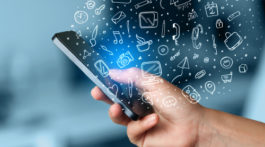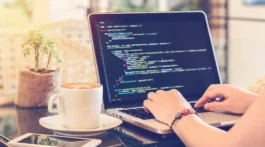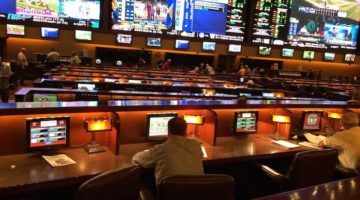Technology is highly important for modern urban planning and urban design. It does wonder in helping boost productivity for urban planning and design teams. At the same time, for urban design firms, technology can help by increasing citizen engagement, team collaboration, accuracy and attention to detail.
On the whole, we can say that technology is wonderful for all that work in these areas. Using the appropriate tools is going to make life much easier for the entire planning team. They are going to facilitate collaboration and workflow. We live in a really fast-moving world where collaboration and communication is paramount for success.
How does technology improve urban design?
Sustainability
When using appropriate tools the planners are establishing the best possible way to improve the sustainability of the community. As an example, when using some apps that offer information about how many calories are going to be burned when traveling from one destination to the next, the urban planner is capable of creating urban spaces that rely less on the use of fossil fuel vehicles and more on increased accessibility to bicyclists and pedestrians. Reducing the reliance on cars will decrease energy consumption and pollution. This also inspires the feeling of warm community, making life much more convenient for all city dwellers.
Connectivity
By incorporating the appropriate technology into modern urban design, a higher connectivity level will be achieved for commercial and residential settings. This enables someone to work from remote locations. It reduces commute times and manages to improve traffic conditions. Also, co-working spaces development will bring workers together. By putting an eye on the way in which people use technology in urban settings, planners and designers facilitate connections.
Planning
In the past we did not have access to data and technology so most urban centers were poorly planned. Open data and modern technology in modern urban design allow the planner to properly understand and determine how to string together various urban planning elements, leading to the building of inclusive communities.
Modern tools are helping the designers and planners to understand demographic data, economic benefits and racial equity. Architects and urban designers can easily spend a lot more time on task planning and then create inclusive spaces that are in demand and vibrant. This is true for both businesses and residents.
Sharing And Collaboration Economy
Cities are basically platforms for collaborating and sharing. They need to be built in a much more different way than in the past. Work is no longer based on a single location. We are faced with new applications and technologies that provide collaborative and participatory platforms for the planners to use resources available all around the world.
As an example, people living in Hong Kong teach the world how to best use space and those in San Francisco teach us how to cultivate local cultures.
Urban Design Requires Technology
As you plan the city, it is hard to be successful without the use of modern technology. Technology is useful for urban center layout and you can effectively incorporate it in order to boost connections, trust and creativity.





